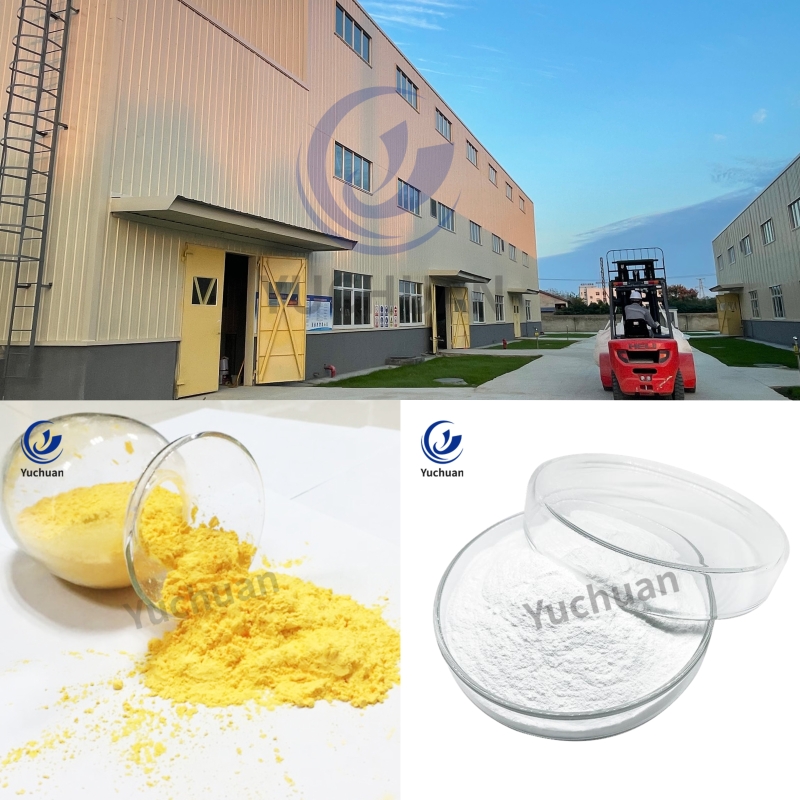-
Categories
-
Pharmaceutical Intermediates
-
Active Pharmaceutical Ingredients
-
Food Additives
- Industrial Coatings
- Agrochemicals
- Dyes and Pigments
- Surfactant
- Flavors and Fragrances
- Chemical Reagents
- Catalyst and Auxiliary
- Natural Products
- Inorganic Chemistry
-
Organic Chemistry
-
Biochemical Engineering
- Analytical Chemistry
-
Cosmetic Ingredient
- Water Treatment Chemical
-
Pharmaceutical Intermediates
Promotion
ECHEMI Mall
Wholesale
Weekly Price
Exhibition
News
-
Trade Service
Recently, during the 2021 Global Polyethylene-Polypropylene Industry Chain Global Technology and Business Forum (GPS/PEPP), Nick Vafiadis, vice president of plastics business at IHS Markit, analyzed the global PE market trend, although The global PE market is expected to decline further, but the decline will be slower than expected
.
The total demand for PE in 2021 is 115 million tons, China is the main driving force, and the shortage of supply pushes up the price of PE
The total demand for PE in 2021 is 115 million tons, China is the main driving force, and the shortage of supply pushes up the price of PESince 2020, the COVID-19 outbreak has boosted demand for packaging, health and hygiene applications, making global PE demand that year surpass IHS Markit's pre-COVID-19 forecast by more than 2 million tons
.
Wafiadis expects the difference to increase to nearly 3 million tonnes in 2022, before gradually narrowing
.
Based on the above factors, IHS Markit predicts that the total global PE demand will reach 115 million tons in 2021, an increase of 5% over 2020, with China as the main driving force
.
On the other hand, two major hurricanes and a historic winter storm on the U.
S.
Gulf Coast caused massive supply disruptions, while higher energy prices pushed up global raw material costs, combined with soaring transportation costs
.
These external conditions helped support record price increases for PE resins, which resulted in record producer profit margins in North America, Europe and Latin America
.
COVID-19 delays new capacity start-up, easing the impact of a surge in capacity on the market
COVID-19 delays new capacity start-up, easing the impact of a surge in capacity on the marketThe COVID-19 pandemic has pushed up demand, while delaying the commissioning of a large amount of new capacity
.
Wafiadis pointed out that it is expected that 500,000 tons of new production capacity will be delayed in production in 2020, and the delayed production capacity will increase by 750,000 tons in 2021.
The increase in superimposed demand will alleviate the impact of the upcoming surge in production capacity on profit margins
.
Most of the new capacity expected to be commissioned is in China
.
IHS Markit expects 4.
8 million tonnes/year of new PE capacity to be commissioned in China in 2021, most of which will be in the fourth quarter
.
Another 3.
4 million tons/year of Chinese PE production capacity will be put into use in 2022, most of which will be in the first 4 months of 2022, and more capacity is under construction.
It is expected that 1.
9 million tons/year will be put into operation in 2023.
New annual PE production capacity, and 4.
3 million tons/year of new production capacity will be put into operation in 2024
.
Overall, China will add about 14.
3 million tonnes/year of new PE capacity between 2021 and 2024
.
Wafiadis pointed out that in 2020, the total US PE production capacity is about 22 million tons / year, so China will actually increase 2/3 of the existing US production capacity in the next 48 months, and a large number of new production capacity will be used for PE The pressure on the market will put pressure on global prices and profits, and more importantly, will limit the import of PE resin into the world's largest market
.
In fact, North American PE production capacity is also increasing.
IHS Markit expects that North American PE production capacity will increase by 7 million tons per year between 2019 and 2025, of which about 4 million tons per year will be added from 2021 to 2022
.
PE overcapacity will be lower than expected, operating rate will remain healthy
PE overcapacity will be lower than expected, operating rate will remain healthyWafiadis said the adjusted overcapacity for 2020-2023 is only around 6 million tonnes/year
.
This is lower than the estimated surplus of about 11 million tons before the outbreak of the new crown epidemic
.
The impact of excess capacity will be much lower than previously expected
.
IHS Markit expects global PE operating rates to bottom at 84% in 2022-23 before rebounding
.
The worst is expected for LLDPE
.
LDPE is currently oversupplied and is expected to peak at around 88% operating rate by 2023, with a slight decline between 2024 and 2025
.







